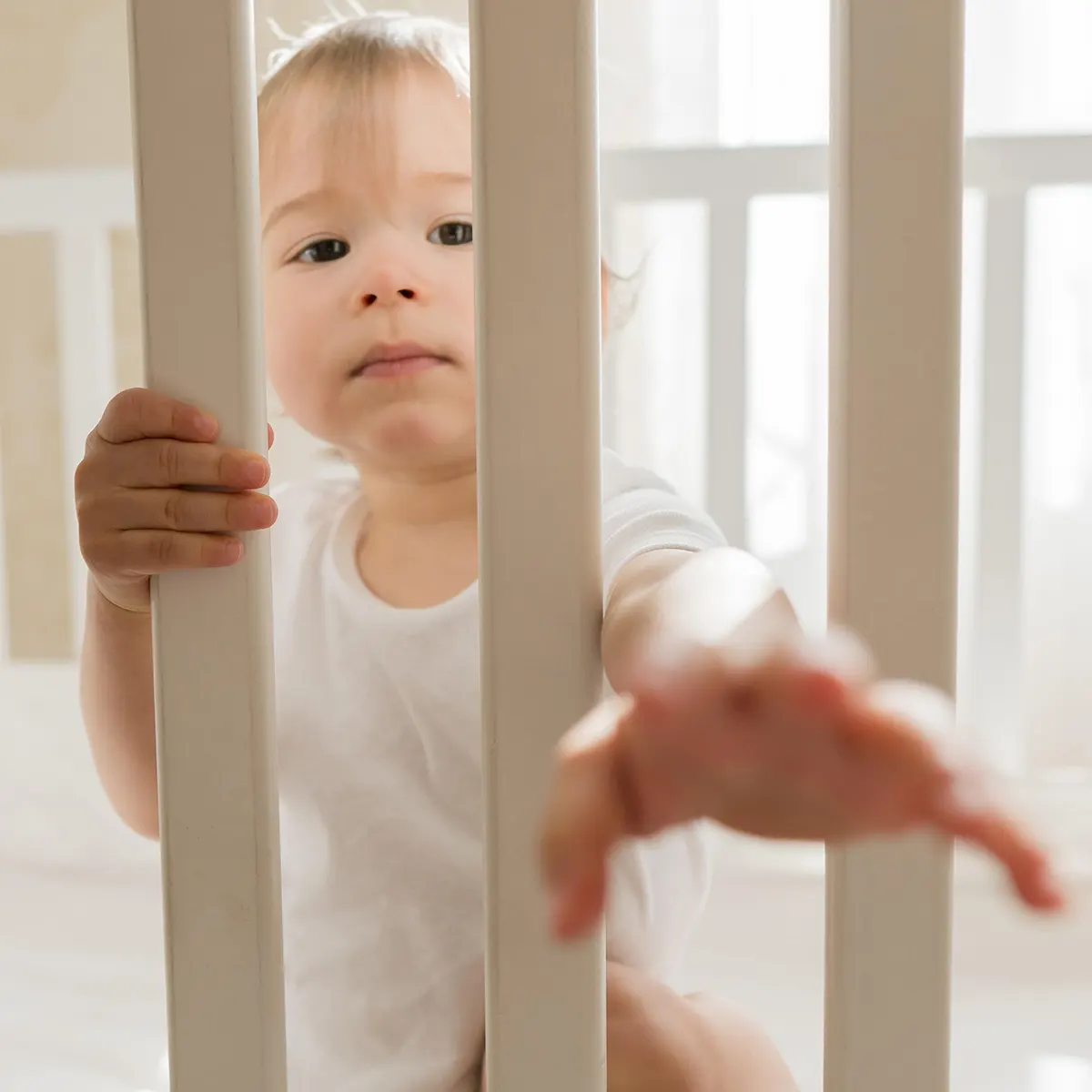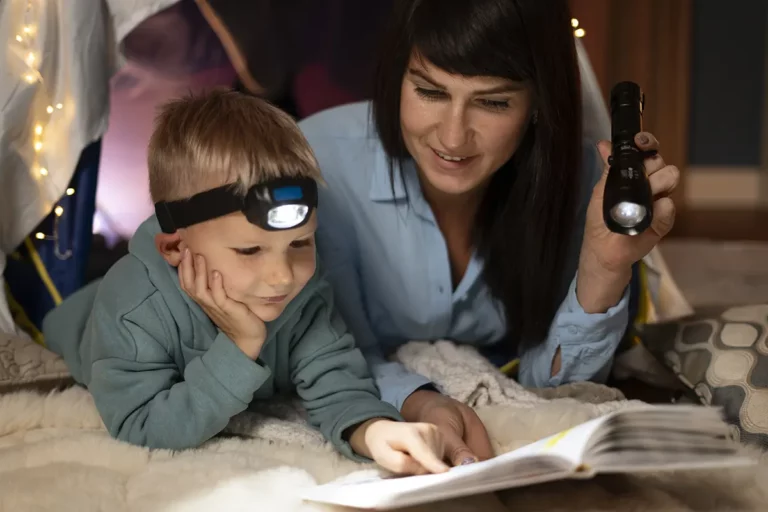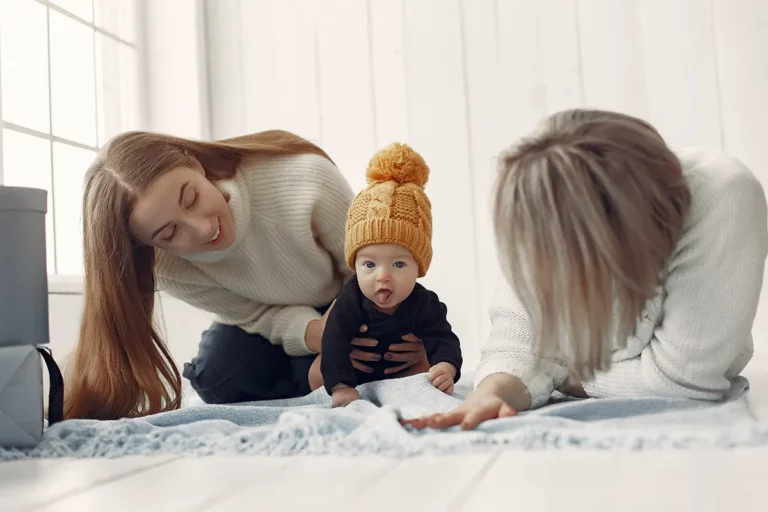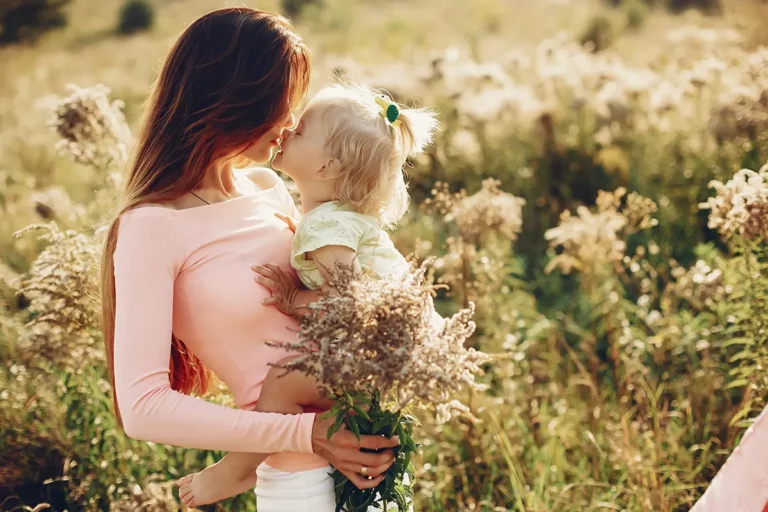Babyproofing Your Home: A Safety Guide for New Parents
Welcoming a new baby into your home is a joyous occasion, but it also comes with the responsibility of creating a safe and secure environment. As your little one begins to explore the world around them, babyproofing becomes a crucial step in ensuring their well-being. This comprehensive safety guide for new parents covers essential tips and measures to babyproof your home effectively, providing peace of mind and a secure space for your growing family.
1. Start Early: Before Your Baby Begins to Crawl
It’s never too early to start babyproofing. Begin the process before your baby becomes mobile to stay one step ahead of their developmental milestones. This proactive approach allows you to identify potential hazards and address them before they pose a risk.
2. Conduct a Room-by-Room Inspection: Identify Potential Hazards
Take a systematic approach by conducting a room-by-room inspection of your home. Look for potential hazards such as sharp edges, electrical outlets, and cords. This thorough examination helps you create a comprehensive babyproofing plan tailored to your specific living spaces.
3. Secure Furniture: Preventing Tip-Overs
Anchor heavy furniture, such as dressers and bookshelves, to the wall to prevent tip-overs. As your baby starts pulling up on furniture and becomes more mobile, securing these items ensures a safer environment and reduces the risk of accidents.
4. Install Safety Gates: Controlling Access
Safety gates are essential for restricting access to certain areas of your home, particularly stairs and rooms with potential dangers. Choose sturdy gates that are easy for adults to open but secure enough to prevent curious little ones from venturing into unsafe areas.
5. Cover Sharp Edges and Corners: Softening Impact Points
Babies are prone to bumps and falls as they learn to navigate their surroundings. Use corner guards and edge bumpers to cover sharp edges and corners of furniture. These softening measures reduce the risk of injuries during accidental collisions.
6. Secure Electrical Outlets: Tamper-Resistant Protection
Install tamper-resistant outlet covers to prevent your baby from inserting small objects or fingers into electrical outlets. These covers offer a secure barrier while allowing adults to easily access outlets when needed.
7. Cord Management: Eliminating Strangulation Risks
Tie up or secure cords from blinds and curtains to prevent the risk of strangulation. Use cord wind-ups or clips to keep cords out of reach, especially in areas where your baby spends time playing or exploring.
8. Lock Cabinets and Drawers: Restricting Access to Hazards
Install childproof locks on cabinets and drawers containing potentially harmful items such as cleaning supplies, sharp utensils, or medications. This helps restrict access to these hazards and ensures a safer environment for your baby.
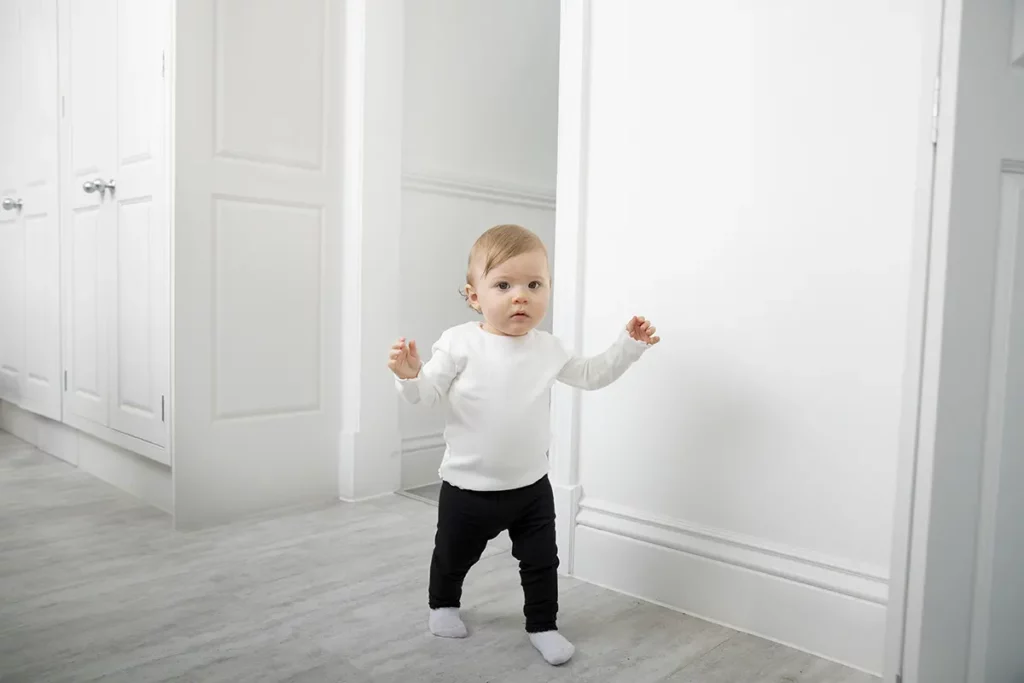
9. Remove Small Objects: Minimizing Choking Hazards
Babies explore the world by putting things in their mouths, making small objects potential choking hazards. Keep small items, such as coins, buttons, and small toys, out of reach. Regularly inspect play areas and living spaces for any small objects that may have fallen within your baby’s reach.
10. Be Mindful of Plants: Avoiding Toxic Greenery
Certain plants can be toxic if ingested, so be mindful of the greenery in your home. Remove any poisonous plants and opt for non-toxic alternatives to ensure your baby’s safety in case of accidental contact or ingestion.
11. Choose Safer Window Treatments: Eliminating Strangulation Risks
Consider replacing window blinds with safer window treatments that eliminate the risk of strangulation. Options like cordless blinds, curtains, or window shades with built-in safety features provide a secure alternative.
12. Monitor Bath Time: Preventing Drowning Risks
Always supervise your baby during bath time, and never leave them unattended in the bathtub, even for a moment. Use non-slip mats and place a cushion or soft cover on the faucet to prevent injuries.
13. Lock Toilets: Avoiding Drowning Hazards
Toilets can pose a drowning hazard for curious babies. Use toilet locks to secure the lid and prevent your little one from opening it. This simple measure ensures a safer bathroom environment.
14. Install Door Stoppers: Protecting Little Fingers
Door stoppers or finger guards are essential for preventing accidental door slams that could trap little fingers. Install these devices on doors throughout your home to protect your baby from painful injuries.
15. Check Smoke and Carbon Monoxide Detectors: Ensuring Home Safety
Regularly check and maintain smoke detectors and carbon monoxide detectors in your home. These devices play a crucial role in alerting you to potential dangers, providing valuable time to evacuate and seek safety in the event of an emergency.
16. Consider Furniture Bumpers: Additional Cushioning
Furniture bumpers add an extra layer of cushioning to sharp furniture corners and edges. These soft, padded protectors reduce the impact of accidental collisions, minimizing the risk of bumps and bruises.
17. Secure Blinds and Curtains: Eliminating Strangulation Hazards
Secure blind cords and curtain pulls to prevent strangulation hazards. Tie them up or use cord cleats to ensure they are out of reach. Regularly check and adjust these safety measures as your baby grows and becomes more mobile.
18. Monitor Temperature: Ensuring Comfort and Safety
Keep your home at a comfortable temperature to ensure your baby’s well-being. Use baby monitors with temperature sensors to monitor the nursery and other living spaces. Dress your baby in appropriate sleepwear and adjust the thermostat as needed to maintain a safe and comfortable environment.
19. Install Soft Flooring: Creating a Cushioned Play Area
If possible, install soft flooring in play areas to create a cushioned space for your baby. Foam play mats or area rugs provide a soft surface, reducing the impact of falls and creating a comfortable play zone.
20. Seek Professional Guidance: Home Safety Assessment
Consider seeking professional guidance for a comprehensive home safety assessment. Childproofing experts can provide personalized recommendations based on your home’s layout, potential hazards, and your baby’s developmental stage, ensuring a thorough and effective babyproofing strategy.
Conclusion: A Safe Haven for Your Little One
Babyproofing your home is a proactive and essential step in creating a safe haven for your little one to explore, learn, and grow. By implementing these measures and staying vigilant to potential hazards, you can create an environment that prioritizes your baby’s safety and allows you to fully enjoy the journey of parenthood. Remember, every home is unique, so tailor your babyproofing plan to address the specific needs and challenges of your living space. With careful preparation and attention to detail, you can ensure that your home remains a secure and loving haven for your growing family.

